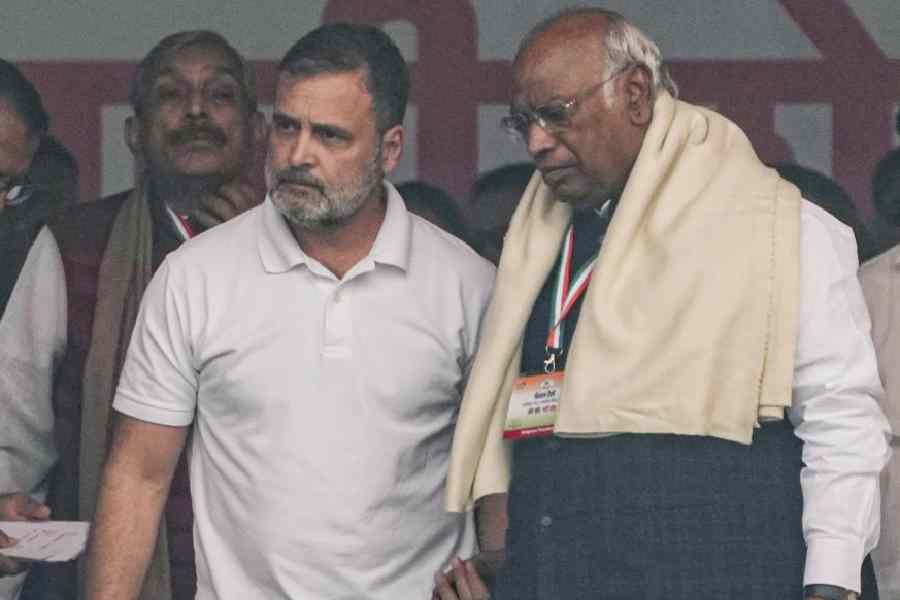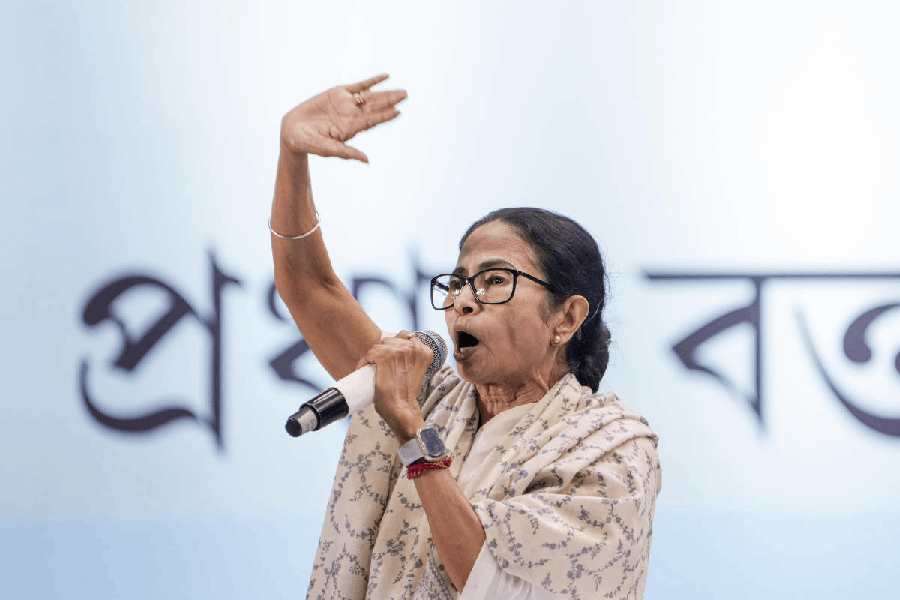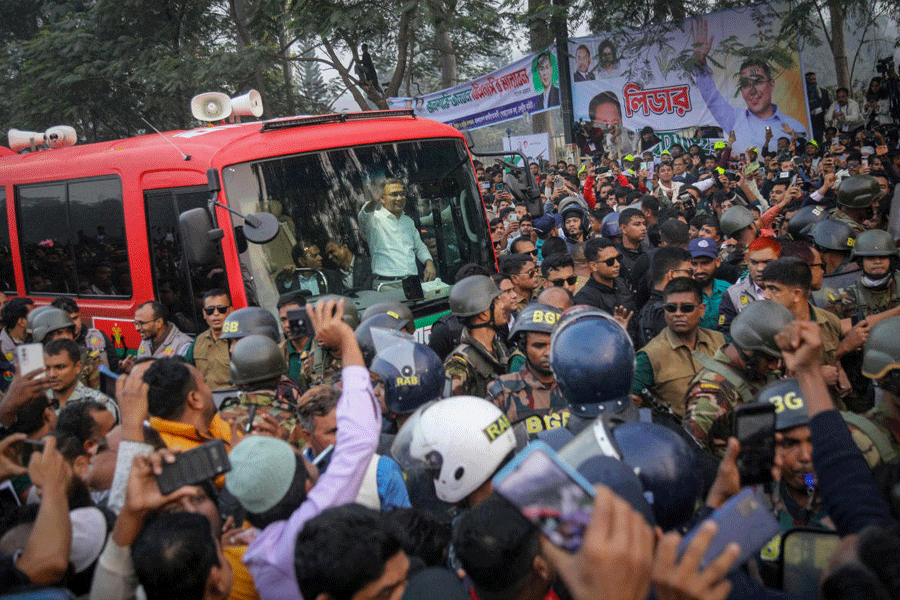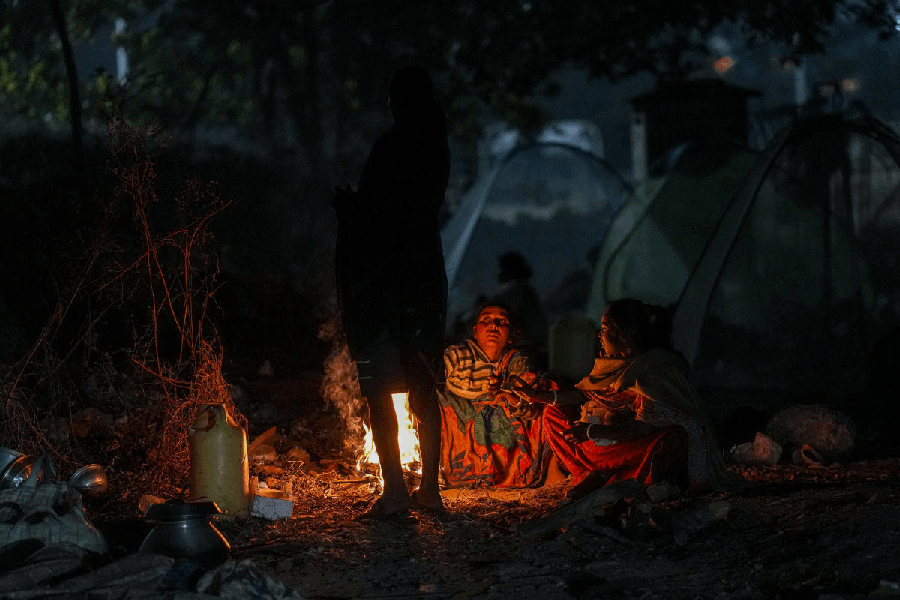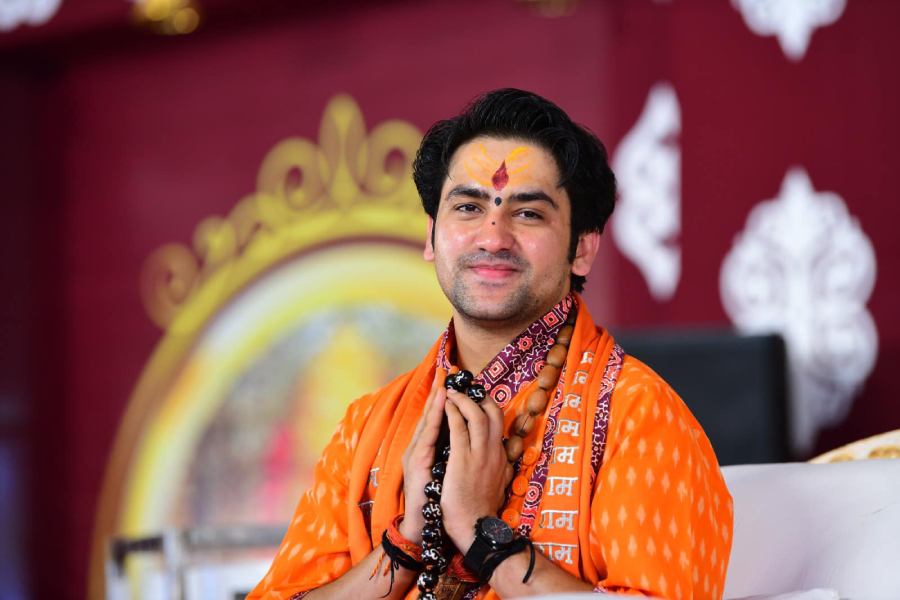 |
There are several attributes that make the films, Queen and Highway, different from those that form the staple, but anodyne, diet of an uncomplaining audience. Most of their redeeming features — an innovative story, memorable performances by actors, and enjoyable music — have been discussed at length in the public domain. However, a notable contribution of the two films has, surprisingly, eluded most reviewers: Queen and Highway are inspiring artistic endeavours to locate, reimagine and humanize fractious class relationships in an India that remains wary of and antagonistic towards the subalterns.
Queen draws our attention to the urban lower middle class, a segment that has remained out of the purview of popular culture even though Bollywood has, for long, conducted cinematic explorations of middle class ethics and morality. In Queen, the crisis brought about by Vijay’s decision not to marry Rani — the protagonist — is portrayed sans moral condemnation. The film chooses not to be overtly judgmental of Vijay, Rani’s lover, in spite of his insensitivity — he rejects Rani because of her lack of sophistication. This is because Vijay’s imperfections — he transforms himself from the dogged lover to an insensitive, patronizing, hence archetypal, Indian man — are as much a reflection of patriarchy’s vice-like grip on subcontinental culture as the middle class’s newfound aspirations and prejudices. Rani, too, is spared sentimentality and victimhood. Circumstances — a botched engagement — force her to make an impetuous decision to travel alone. But the fact that Rani makes that distant journey, one that changes her from within, gives her a courage and dignity that are rare in cinematic portrayals of Indian women.
The ambit of class relations in Highway is even larger for it proposes to forge an equitable alliance between a man and a woman hailing from disparate social segments. In a post-Nirbhaya India nervous about the perceived criminal leanings of the predatory underclass, the idea of a shared bond shorn of the trappings of conjugality between Mahabir, a representative of India’s dispossessed people, and Veera, a tycoon’s daughter, is not just novel but also courageous.
This is not to say that the films are flawless. The depiction of the West in Queen is unabashedly utopian — a woman, a mere hotel employee with a mouth to feed, seems to have the time and, more importantly, the resources, to indulge in flippant merry-making in a nation crippled by recession. (Three million citizens, the French labour ministry says, are currently unemployed.) Europe isn’t known to be the ‘warmest’ of continents either, but Rani’s male friends in the Amsterdam hostel are wonderfully accommodating and friendly. Even more worrying though is Highway’s diffidence in nurturing an unconventional inter-class alliance. Mahabir is conveniently killed off to nip such a radical possibility.
But there are compensations other than the refreshing, but also wishful, interpretation of class relations. Both films mount intelligent assaults on marriage and domesticity. In a way, Queen and Highway are also enquiries into human responses towards the irrational and the ineffable. Rani’s emancipation is brought about by a seemingly irrational choice: her decision to go on her honeymoon to Paris on her own. Similarly, we share Veera’s enchantment with, and her difficulty in putting words to, such wondrous sights as a torrential mountain stream, a distant snow-clad peak, salt pans, and so on.
Class ties are not the only skewed relationships. Access to meaningful entertainment is limited too. It would be instructive to know the number of prints of Highway and Queen that distributors have released for the ramshackle theatres in India’s impoverished hinterland.


